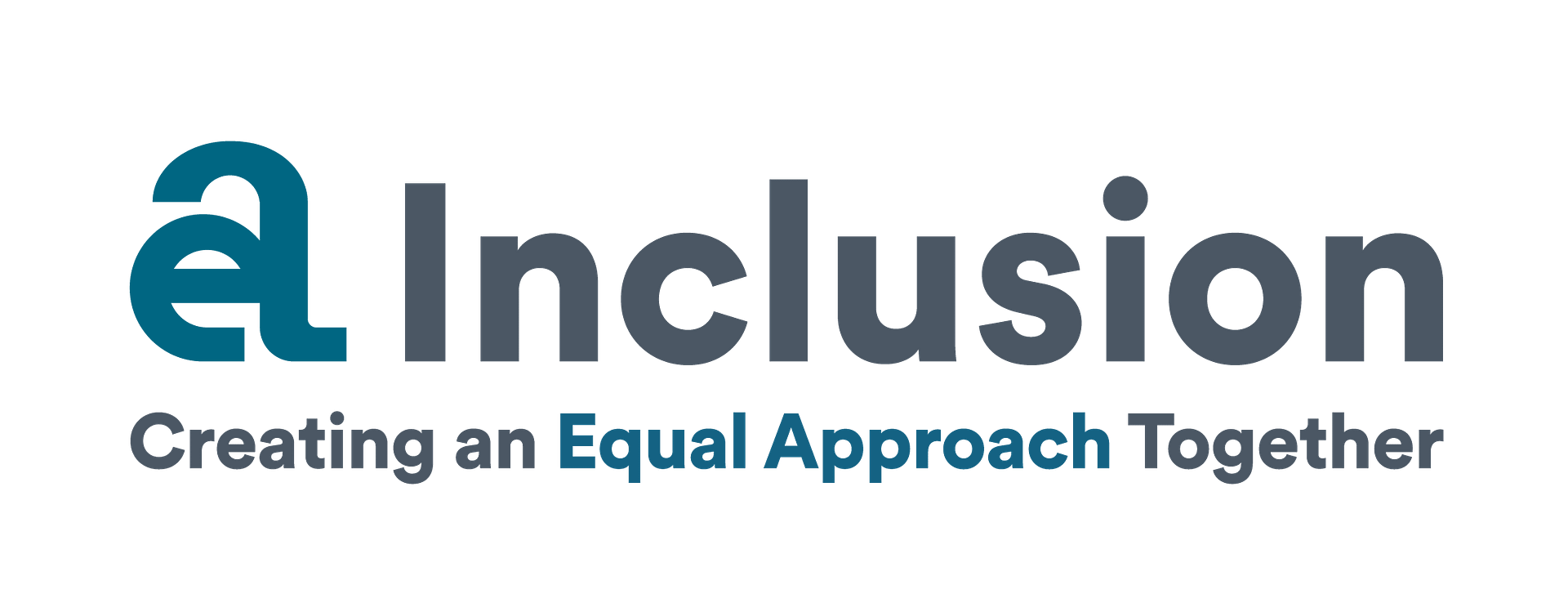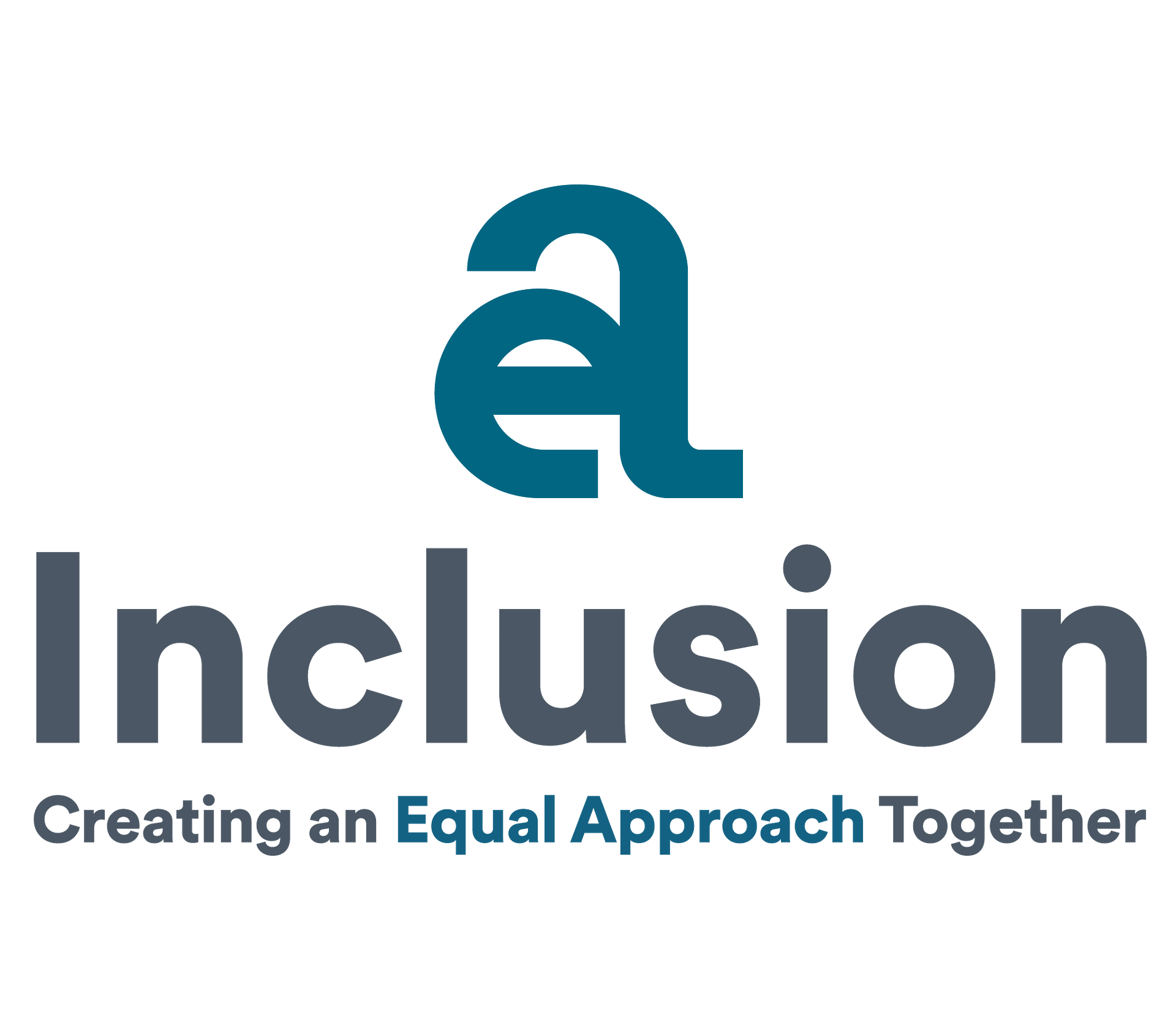Job Advert Review Key
-
Contact Details
The UK Department of Work and Pension’s Disability Confident Campaign recommends that in order for the recruitment process to be accessible for individuals with disabilities, organisations should ‘provide the contact details of someone in your organisation who can provide further information and discuss any reasonable adjustments that the applicant may need’. This is not only best practice for candidates with disabilities but supports all candidates during the application process.
- We identified whether contact details were included in job adverts
-
Equal Opportunities (Ops) Statement
A study conducted by Datapeople, and included around 1,200 participants, found that including EDI statements on job descriptions ‘can increase a job or company’s perceived inclusiveness’ in aspects of inclusion, recruitment process fairness, and belonging.
- We identified whether an Equal Opportunities Statement, or similar commitment to EDI was included in job adverts
-
Reasonable Adjustments
Employers have a duty to make reasonable adjustments throughout the recruitment process. The UK DWP’s Disability Confident Campaign suggests that organisations should ‘make sure all documentation is available in different formats if required (written and online), and accept job applications in a variety of formats’. Additionally, under the Guidance for Employing Disabled People and People with Health Conditions, the DWP also suggests that organisations should ‘offer alternative formats for applications’, encouraging the organisation to be proactive in offering them.
- We identified whether information regarding reasonable adjustments and/ or alternative application methods had been included
-
Driving Licence
The Equality Human Rights Commission’s (EHRC): Advertising FAQs guidance suggests that ‘a requirement for an applicant to hold a driving licence may disproportionately exclude disabled people and must not be included unless driving is a genuine requirement for the role’. The EHRC outlines that individuals with disabilities may be prevented from driving, or ineligible for a driving licence due to their disability, and therefore a requirement for a driving licence may deter, and/or discriminate against disabled applicants when there is no genuine requirement for the role.
In 2015 the RAC Foundation found that almost one in six vacant UK jobs required the applicant to have a driving licence - even though the role didn’t require driving.
In the majority of cases referred to the EHRC, the employer has accepted on reflection that the essential requirement was to be mobile, or willing to travel, as opposed to a requirement to hold a driving licence.
An employer can restrict applications to people with a valid driving licence only if driving is a genuine requirement of the role (EHRC). Furthermore, XpertHR outline that ‘provided that driving is an essential part of the job being advertised, there should be no problem for an employer in stating in a job advert that applicants must hold a full driving licence’.- We identified whether a driving licence was requested in job adverts
-
Gender Coding
In gender coding we unconsciously assign traits to males and females, by categorising words as either masculine or feminine based on the biases that we have developed and inherited.
Research has shown that there is “evidence that gendered wording in job advertisements exists and sustains gender inequality”. This study into gender wording by Gaucher, Friesen, & Kay published in the American Psychological Association researched the effect of gender wording in job advertisements and job descriptions had on job seekers. The results showed that despite gender coded words only composing a small fraction of the total words in the job advertisement, women found masculine worded job descriptions less appealing, compared with the same types of jobs which used feminine wording. The results were consistent across all job types - regardless of whether they were male, or female dominated occupations.
We used the Gender Decoder, an online tool, to identify whether there is subtle linguistic gender-coding in the information we review. The tool uses the original list of gender-coded words from the research paper written by Gaucher, Friesen, and Kay. The Gender Decoder can be found online: http://gender-decoder.katmatfield.com/
It is important to note that gender coded language is open to interpretation and there is much debate as to what constitutes as masculine/ feminine wording, so this tool is not 100% accurate, and serves to give a general impression of how the document may be interpreted.
The Gender Decoder categorises some words as masculine that in our opinion, we feel are neutral e.g. lead, and also does not identify a number of words that we consider to be masculine e.g. strong. As a result of this, some Gender Decoder results can show as masculine, even when our team have not identified any masculine words in the masculine wording review detailed below.
Gender Coding Results are on a scale: Strongly Masculine - Masculine - Neutral - Feminine - Strongly Feminine
- We identified the gender coding of job adverts
-
Masculine Wording
Building on the theme of gender coding, we will also highlight any masculine wording that we have identified. The findings of the study into gender wording by Gaucher, Friesen, & Kay (previously referenced) found that gendered-themed words had the greatest effect on women, with the results suggesting that replacing masculine-themed words with similar feminine-themed words would increase women’s interest. The research also suggested that feminine coding only has a slight effect on how appealing the job was to men and was unlikely to deter them from applying.
Whilst the Gender Decoder identifies a range of words that are considered masculine, the perception of masculine wording is open to interpretation, and we feel that there are a number of notable omissions from the tool e.g. strong. To counter this we will have our team of Inclusive Recruiters also conduct a separate review to identify words that they consider to be masculine.
- We identified wording that is perceived to be masculine
-
Disability Related Wording
The UK DWP’s Disability Confident Campaign suggests that organisations should ‘identify and address any barriers that may prevent or deter disabled people from applying for jobs… including the wording used’.
The Equality Human Rights Commission’s (EHRC): Advertising FAQs guidance suggests that adverts stating applicants must be physically active may unlawfully discriminate on the grounds of disability, unless the requirement is a genuine necessity in order for the jobholder to be able to undertake particular physical elements of the role. Where the role has physical requirements the particular tasks, skills and abilities required for the job should be outlined to support individuals to decide if they meet the requirements of the role.
- In addition to reasonable adjustments, we also identified specific disability related wording and other language which may be seen to relate to, or could be considered to be discriminatory against individuals with disabilities
-
Age Related Wording
Similar to disability related wording, age related wording can also be a barrier for applicants, and this can have an impact at both ends of the age spectrum.
Employment advisory body ACAS (p.9) recommends avoiding references to age, for example asking for ‘so many years’ experience, as this may rule out younger people who have the skills required but have not had the opportunity to demonstrate them over an extended period. Additionally, ACAS (p.11) also suggests being aware of the terminology and language used, which can subtly imply that the organisation is looking for a candidate of a certain age, such as ‘mature’, 'recent graduate' or ‘energetic’. If challenged, the organisation would need to evidence that these terms are characteristics which are required for the job, rather than an implied reference to age.
- We identified age related wording towards candidates at both ends of the spectrum
-
Qualifications
The required qualifications for a role should be carefully considered. A widely quoted Hewlett Packard internal report stated: “Men apply for a job when they meet only 60% of the qualifications, but women apply only if they meet 100% of them”. Additionally, 41% of women and 46% of men stated that their main reason not to apply for a role was that they didn’t think they would as they didn’t meet all of the qualifications.
Only qualifications that are essential for the role should be included in job adverts to avoid deterring suitable applicants, and these qualifications should be specified. It is not uncommon for job adverts to feature wish lists of qualifications which are not essential, and in doing so, it dramatically reduces the size and diversity of the potential pool of talent to recruit from.
- We identified whether qualifications were requested in job adverts
-
Flexible Working
Flexible working has historically been seen as a female or parental issue but is increasingly being requested by employees of all ages regardless of gender or parental responsibilities.
When thinking about a new role, 71% of job seekers say being able to have a flexible working pattern is important to them and 69% say the ability to work remotely is important, according to research by the CIPD.
Work-life balance is a key area of concern for many parents, with the Working Families and Bright Horizons 2020 Modern Families Index reporting:
- Almost three quarters of working parents said they would carefully consider their childcare options before accepting a new job or promotion
- Two thirds of working parents with caring responsibility for an elderly relative or other adult said that work impinges on their ability to care for them
By promoting and offering flexible working arrangements during the attraction and recruitment process, the size and diversity of the potential pool of talent to recruit from can be widened dramatically.
- We identified any details surrounding flexible working arrangements in job adverts
-
Key Duties
Building on the previous Hewlett Packard quote that “Men apply for a job when they meet only 60% of the qualifications, but women apply only if they meet 100% of them”, this can also be related to key duties/ responsibilities, which should be kept to a minimum, in order to encourage applications from the widest and most diverse pool of talent. The job advert doesn't need to include every element of the role, but just enough information to entice suitable candidates.
The DWP’s Disability Confident Campaign suggests that organisations should provide a short but accurate description that clearly sets out what the jobholder will be required to achieve, while global job board Monster recommends that effective job adverts should detail between 3 and 7 main tasks that the successful applicant will be expected to undertake.
- We identified the number of key duties listed in job adverts
-
Salary
Transparency in pay rates and salary bands helps both employer and potential candidates. For candidates, knowing the salary can help them to decide to apply or move jobs. It fosters trust in the recruitment process and removes applications from candidates who are outside the salary band, building a more targeted talent pool. It can also help to close pay gaps and reduce bias in pay awards.
Not including a salary can lead to a negative impression about an organisation. An advertised salary can enhance the employer brand, together with benefits and give a competitive advantage.
Reed looked at data in 2021 which demonstrated a 27% increase in the number of applications for jobs with published salaries and 40% of candidates saying salary was ‘the biggest motivator in applying for a job’ while a Glassdoor survey puts salary as the top factor for job seekers at 67%.
- We identified the number of job adverts with a published salary
-
Closing Dates
Closing dates can be used to keep the number of applications manageable and encourage candidates to apply quickly if a vacancy needs to be filled urgently.
Including a closing date will let the candidate know where they stand and allow them to prioritise applications and anticipate when they will receive notification of whether they have been successful or not. Giving a timeline of the recruitment process keeps candidates informed of when they can expect a communication and how quickly they will be offered an interview.
However, a long application time will mean candidates will have to wait until the deadline has passed, and this could put off potential candidates who want to start a job soon.
A closing date also implies that applications received after that date will not be considered, so care should be taken to ensure the closing date is placed to receive sufficient applications, or invite candidates to apply for other opportunities if they have missed the deadline.
- We identified closing dates in job adverts






